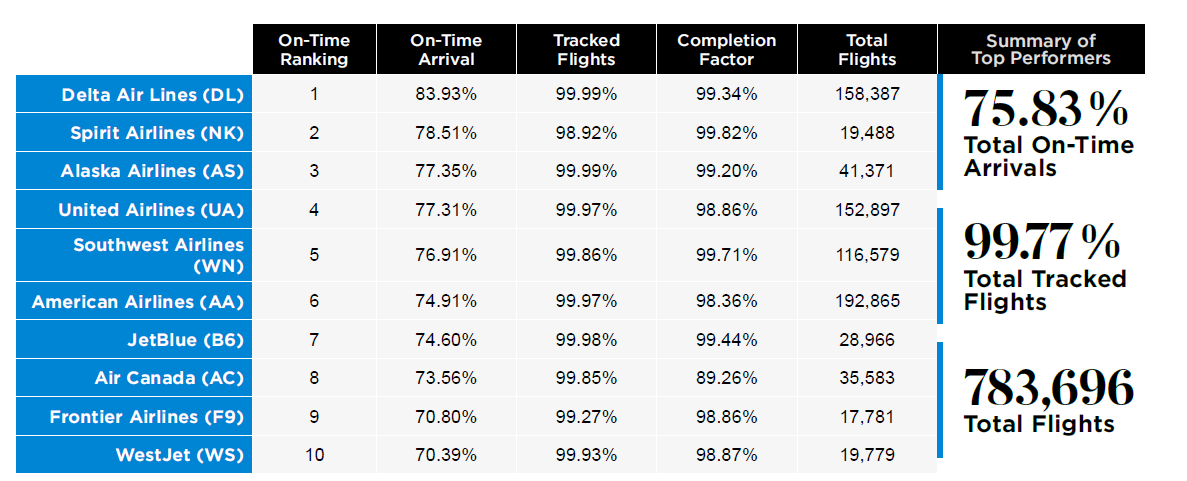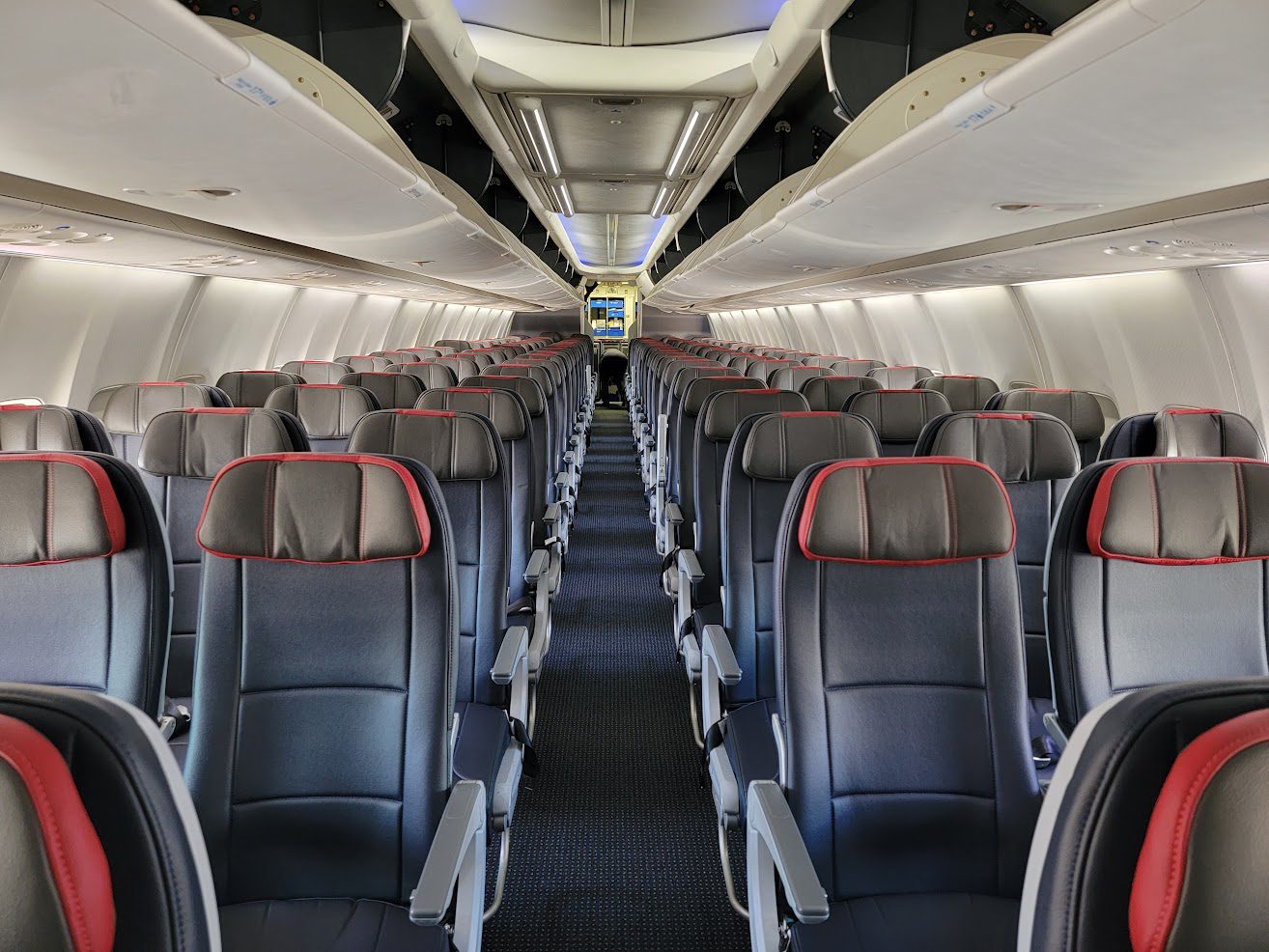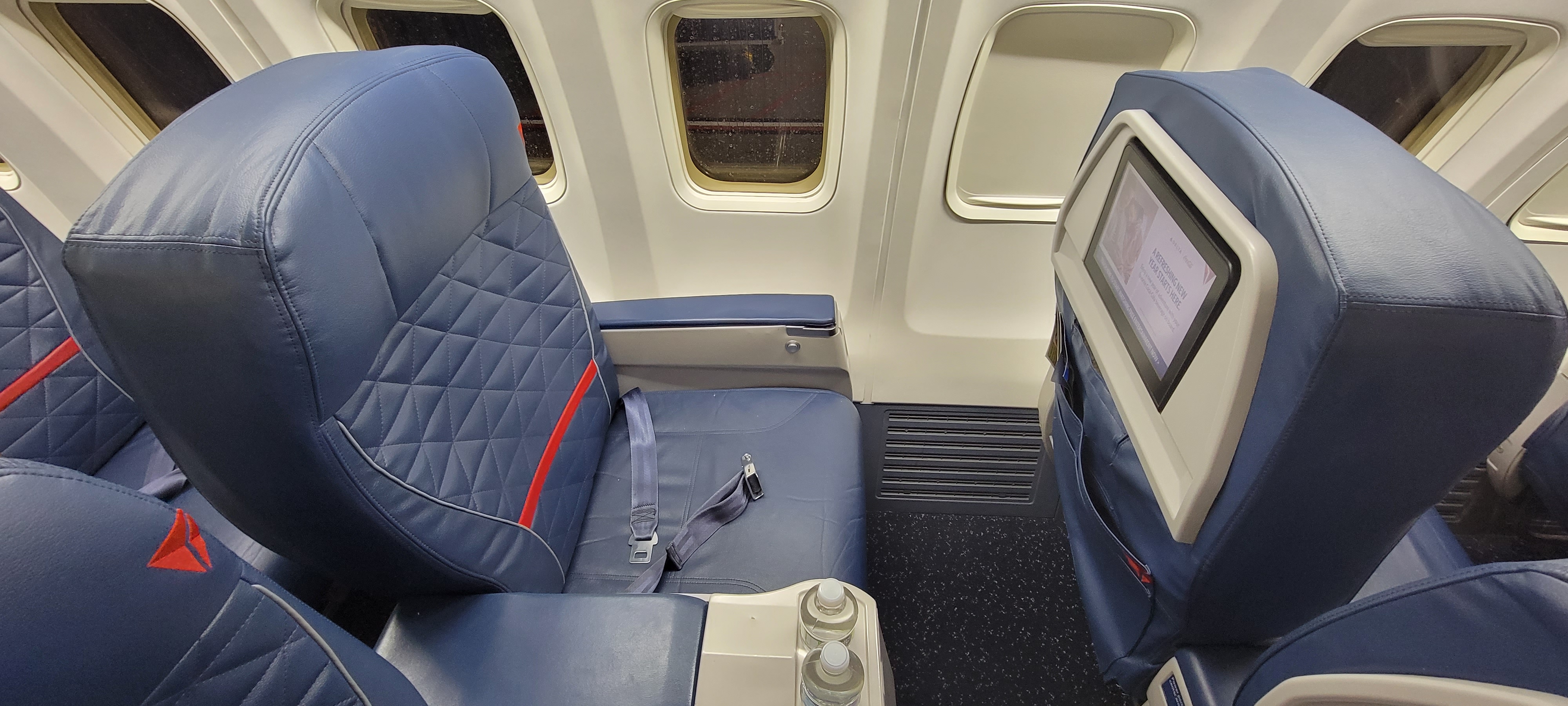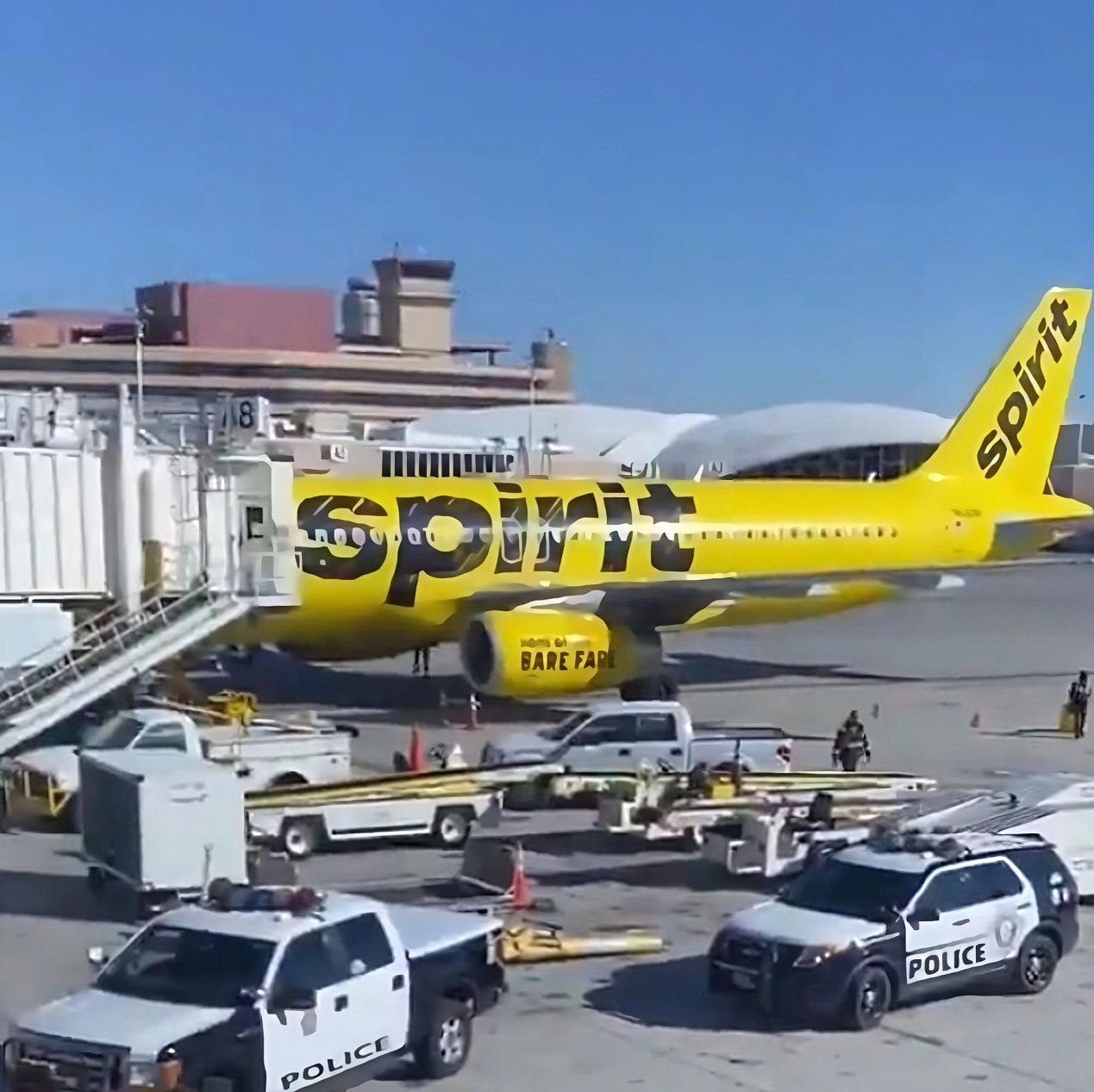Delta is back on top in airline on-time performance rankings for August, according to data from aviation analytics company Cirium.
They were followed by Spirit and Alaska, with United, Southwest and American in the middle of the pack of the U.S. airline industry and JetBlue and Frontier at the bottom. Canadian aviation usually performs below the U.S. in on-time operations.

Delta made a big comeback last August as well, so I’m going to be watching whether there’s a certain cyclicality to their performance.
Their reliability advantage has eroded in recent years to where they’re no longer consistently dominant, although things have gotten much better than they were during the pandemic after their operations chief left.

What matters to Delta is that their operations are materially better than United’s and American’s (and perennial laggard JetBlue’s).
- Where Delta competes head-to-head in New York and Los Angeles they dominate. Now, Alaska Airlines has long had strong operations alongside Delta’s.
- That’s one of the things that has kept Seattle so competitive. Ultimately, it’s Alaska’s brand loyal customers but they’d quickly lose that loyalty if they didn’t get customers where they needed to go.

American Airlines has focused for years on reliability but hasn’t become reliable. (And reliability isn’t just on-time performance, it’s honoring confirmed reservations and delivering checked bags – American leads the industry in mishandled bags and involuntary denied boardings.)
What American now understands is that reliability is just table stakes. If you aren’t a reliable operator, little else matters. But if you are, you then have the opportunity to differentiate your product with customers. Are you the value alternative (the ‘low cost leader’) or the quality product people love?

Delta has spent a decade and a half building those things and much of the experience (like their 767s) still lag. Plus, their miles are trash. But they’re delivering the operation they need to in order to compensate and still have customers – especially in New York and Los Angeles, where passengers have choices – choose them.

Spirit Airlines actually continues to perform very well. They even bested Delta earlier this summer. In a sense, that underscores the point about tablestakes. They’re getting customers where they need to go when they say they’re going to arrive. And yet their turnaround plan failed and they’re back in bankruptcy.

Arguably, Spirit Airlines overinvests in its operation! Compare them to Frontier, which never does well in on-time performance. Perhaps on-time operations is table stakes to earn a revenue premium from customers, but if you’re competing at the low end of the market customers save money in exchange for paying more of their time. And if you incur costs to avoid them spending those dollars, customers benefit but the airline does not?


The problem at AA and may pilots have confirmed this is that crews regularly change planes and the heavy banking of flights at delayed prone airports-DFW, CLT, MIA, PHL, LGA. This means often you’re waiting on a crew or your inbound plane is stuck on the tarmac with nowhere to go. Sure, it’s not always practical to keep a crew on the same plane during their duty and banked hubs are more efficient when not considering the impact of delays.
Years back PM AA began a program of moving towards rolling hubs and trying to keep crews on the same plane when possible. As a result delays went down. However, current day AA has run the numbers and the financial benefit of heavily banked hubs likely more than offsets the costs of delays but of course doesn’t take into account the passenger experience. In that regards management is more focused on being like Frontier.
Delta does better in on-time in the summer than in the winter, esp. in ATL which makes or breaks DL’s on-time performance.
They have perfected working around thunderstorms but are much harder pressed to overcome winter weather in ATL.
DTW, MSP and SLC simply operate like Swiss timepieces most of the year round.
NYC is a challenge year round but DL has figured out how to isolate bad weather to NYC.
AA’s on-time lags because they have short ground times in hubs like CLT and DFW where bad weather happen w/ regularity.
and NK is running a pretty good operation but it doesn’t matter any more. F9 doesn’t care but its customers also don’t know or care because the price is right.
it is worth noting that the difference in on-time between DL and its closest competitor is 5% and there is a 10% difference between DL and AA; those numbers are perceptible the average passenger. DL is willing to run early often enough to have “money in the bank” when things go bad; no one else operates on the same basis.
In absolute terms, AA can claim to have the most on time flights. LOL
One hour early.
Slowed down by a waiting gate.
Idle at T4.
(Yes, that’s a haiku; it’s also a typical experience with Delta flying into JFK. Literally happened to me last week.)
@ Tim — Blah, blah, blah…no one cares
well, actually a lot of Gary’s readers do care. That’s why he writes it.
DL was already 3rd in cumulative on-time YTD through May according to the DOT behind HA and WN. HA will be gone by the end of the year as a separate carrier and DL consistently does better than AS not just in SEA but across its system.
WN’s on-time suffers under heavy loads as was the case in August as well as in cold weather so the chances are high that DL will, once again, be the most on-time US airline for all of 2025
if you can’t stand to read that reality, then just move on.
American is a punchline. The poster child for incompetence. When I fly them using miles, I just assume they will be late and am rarely proven wrong.
The only people who fly Delta are those trapped in a fortress hub and the stupid.
Was at the TWA observation deck at Kennedy Airport yesterday for at least five hours. Most of that time you could observe at least three Delta flights waiting out there for a gate. When I used to work at LaGuardia, I could always see at least four Delta flights waiting on the west side of the airport for a gate.. They must have some long built-in turn times because they never struck me as the on-time airline.
“Southwest and American in the middle of the pack of the U.S. airline industry”. The Southwest shareholders and their “activist” investor must be uncorking the bubbly. They made it all the way down to “average”, like everyone else.
Wow, that’s a big difference. It absolutely is a big factor in choosing carriers. When AA and DL have had the same price (or even comparable) on a competing route, I’ve always been choosing DL to give me the best odds of an on time flight.
Very poetic!
Well done, @1990, sir.
Do write some more soon.
@Robert Garcia — Must be. Just my own personal experience, when I last flew DL IAD-JFK we were “delayed” on the tarmac both ways for 20-30 minutes waiting for clearance and still landed early both flights. (Also, plane watching, very nice.)
no one was even close to delta.. wow. heading out to spain in a few and the fam got upgraded to D1. They didn’t have to upgrade us but they did. And despite what some say, the 764 D1 product is still nice. all this builds loyalty
@Tim Dunn @Gene — Aww, I care about you both! You, too, @L737!
@Robert Garcia — I’ve had many experiences of Delta arriving early to JFK, but the gates aren’t ready, so we wait, and end up ‘on-time’ after all; a lot of construction there these days, so maybe once the new terminals open (1, 6/7) it should improve.
@O’Hare Is My Second Home — Says the guy who ‘lives’ at ORD… psh.
Delta pad their block time so it’s no surprise. If you look at their published block times for many routes they can be 20-30 minutes longer. Also from recollection Delta only includes “mainline” (same with AA & UA though) but their regional performance sucks. Note Spirit, SWA & JetBlue actually have the highest completion factor, aka you’re less likely to be cancelled which arguably is worse than being 20 minutes late and thus outside the A14 metric
On time arrival is a nice metric for conversation. I actually rarely even contemplate it after flying unless it was disruptive for my flying. I have taken to trying to put a bit more padding between connecting flights if it is possible and the cost is not too much. It would be nice to have a secondary on time arrival metric telling if the flight arrived within 30 minutes after the scheduled arrival time.
The completion factor is much more of a relevant metric for me. With that, there are a few airlines that exceed 1% of their flights not completing which disrupts those passengers on those flights. Air Canada is pretty horrible in that metric. So bad that you are actually gambling. I am a fan of JetBlue. I am not a real fan of Delta but their completion factor makes them a viable backup. Spirit is doing pretty good by completion factor. I have had good experiences before on Southwest and Alaska.